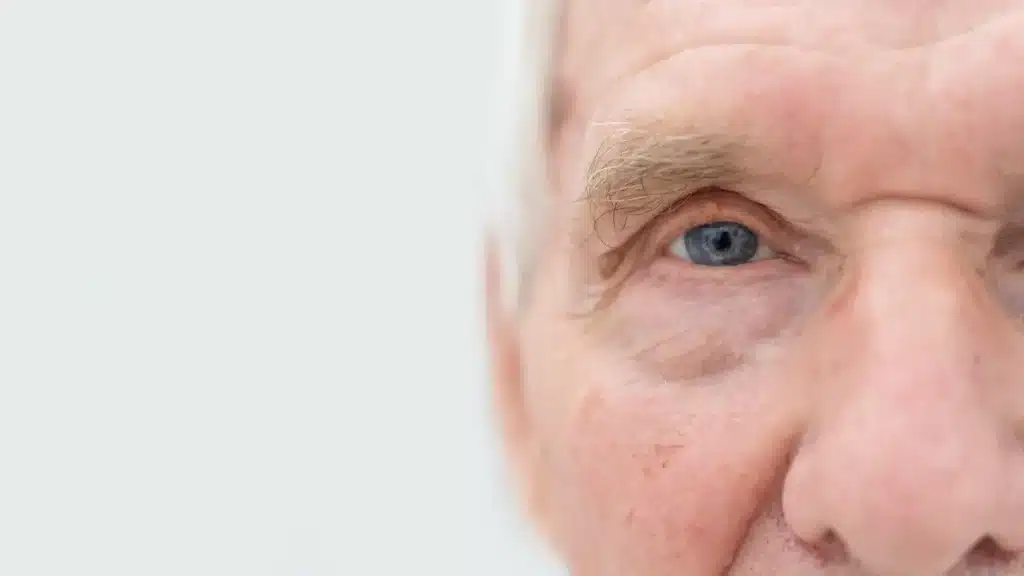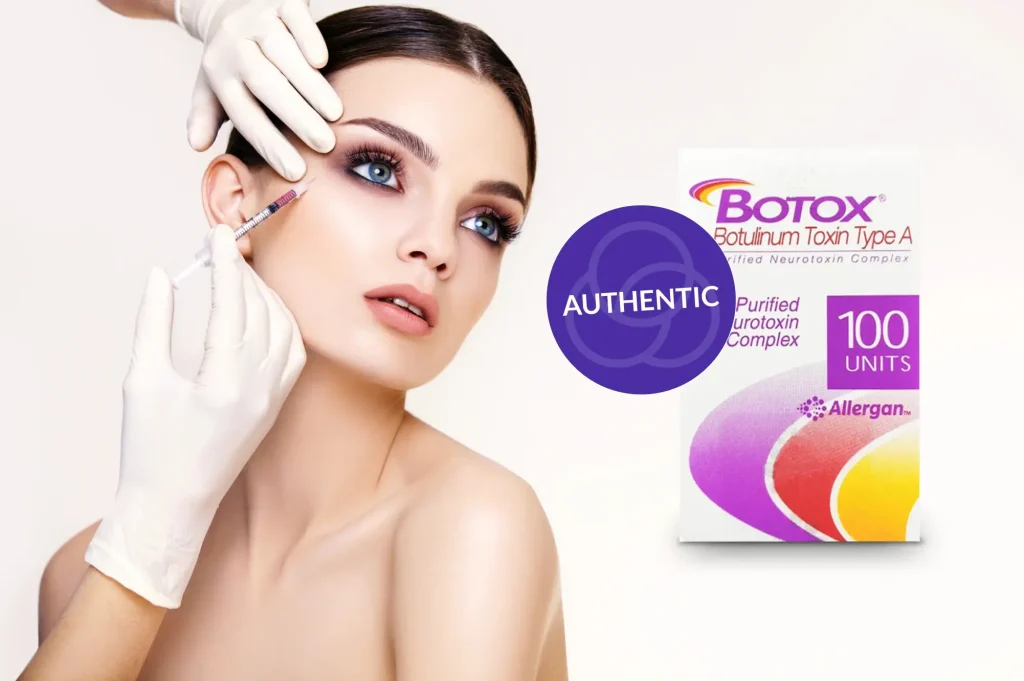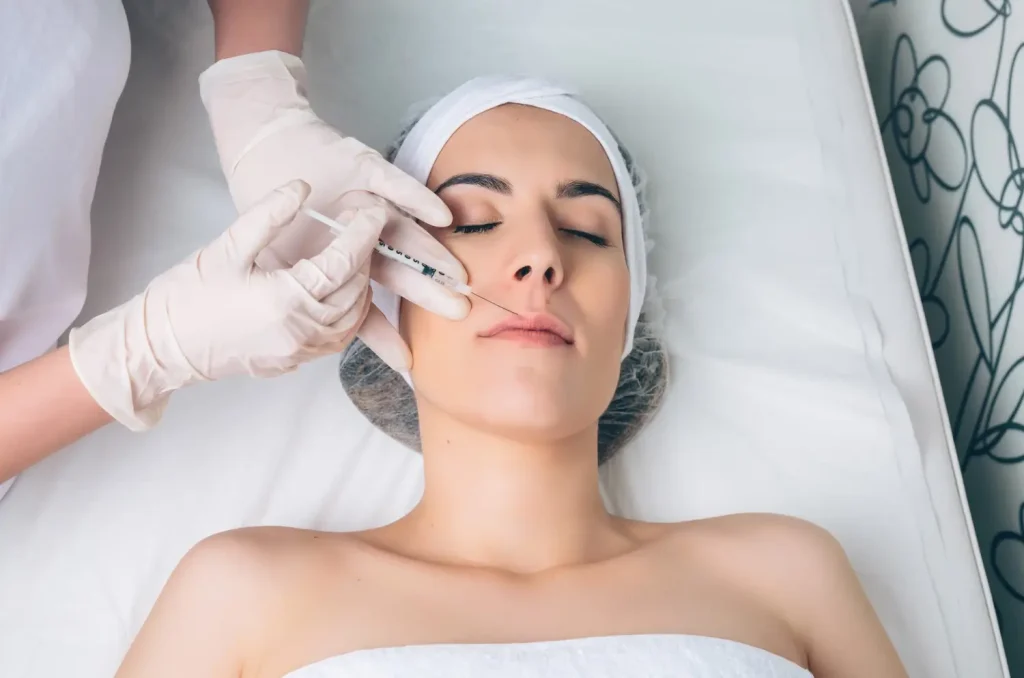The retina plays a vital role in vision, converting light into neural signals that the brain interprets to form images. However, retinal diseases such as age-related macular degeneration (AMD) and diabetic retinopathy remain leading causes of vision impairment worldwide, affecting millions of individuals. Access to effective treatments is critical for preserving sight and enhancing the quality of life for those affected.
Among the treatment options, Vabysmo gained attention as a promising therapy for retinal conditions. Unlike steroids, which primarily focus on reducing inflammation, Vabysmo targets both vascular endothelial growth factor (VEGF) and angiopoietin-2 (Ang-2) to combat abnormal blood vessel growth and leakage. This fundamental difference plays a key role in determining the most appropriate treatment approach for various retinal diseases.
This article explores Vabysmo’s mechanism of action, clarify how it differs from steroids, and provide essential information to help patients enduring pain from eye conditions make informed decisions.
Key Takeaways
- Vabysmo (faricimab-svoa) is a bispecific monoclonal antibody that simultaneously targets VEGF-A and angiopoietin-2 (Ang-2), addressing two critical pathways in retinal disease progression.
- Unlike steroids, which broadly suppress inflammation, Vabysmo inhibits abnormal blood vessel growth and vascular leakage without broadly suppressing the immune response.
- Vabysmo is FDA-approved for neovascular age-related macular degeneration (nAMD) and diabetic macular edema (DME), offering localized treatment via intravitreal injection.
- Steroids are primarily for inflammatory eye conditions such as uveitis and may be considered for DME resistant to anti-VEGF therapy.
- Side effects differ significantly: steroids can raise intraocular pressure and increase the risk of cataracts, while Vabysmo has a different safety profile with fewer systemic effects.
- Choosing between steroids and Vabysmo depends on disease type, treatment goals, and patient-specific factors, requiring consultation with an ophthalmologist.
About: Medical Spa RX provides medical practices with premium products at the best prices. If you’re looking to buy Vabysmo online for your practice, the sales representatives at Medical Spa RX can give you guidance.
Understanding Vabysmo’s Antibody-Based Mechanism
Vabysmo (faricimab-svoa) is a bispecific monoclonal antibody treats retinal diseases by simultaneously targeting two critical proteins: vascular endothelial growth factor A (VEGF-A) and angiopoietin-2 (Ang-2). These proteins are central to the progression of retinal disorders, as they promote abnormal blood vessel growth and increase vascular leakage, which can lead to vision impairment in diseases such as neovascular age-related macular degeneration (nAMD) and diabetic macular edema (DME).

For those asking questions like “What is Vabysmo?” or “How does Vabysmo help me?” Vabysmo is a novel therapy designed to bind both VEGF-A and Ang-2. By stabilizing blood vessels and reducing leakage, it also helps prevent the formation of abnormal new vessels. This dual-targeting approach offers patients receiving Vabysmo a more comprehensive strategy for managing retinal diseases compared to traditional anti-VEGF therapies.
Administered via intravitreal injection, Vabysmo delivers medication directly to the retina, ensuring precise targeting and maximizing therapeutic effect while minimizing systemic exposure and related side effects. This localized delivery contributes to its favorable important safety profile and enhanced efficacy.
Steroids vs Vabysmo: Clinical Action and Inflammatory Targets
Steroids and Vabysmo fundamentally different roles in ophthalmic treatment, each targeting distinct aspects of retinal disease:

Steroids
- Broadly suppress inflammation by inhibiting multiple inflammatory pathways.
- Reduce vascular permeability and edema but may have systemic side effects.
- Commonly used in various inflammatory eye conditions.
Vabysmo
- Specifically targets VEGF-A and Ang-2, proteins directly involved in pathological angiogenesis and vascular leakage.
- Aims to stabilize blood vessels and reduce abnormal growth without broadly suppressing the immune response.
- Designed for conditions like nAMD and DME where these pathways are implicated.
While both treatments aim to reduce retinal edema and improve vision, their distinct mechanisms suit different clinical scenarios and patient needs.
Why the Distinction Matters in Patient Management
Understanding whether a treatment is a steroid or a targeted therapy like Vabysmo is crucial for optimizing patient care:
- Side Effects: With steroids, patients may face increased risks of intraocular pressure and cataracts, while Vabysmo shows a more favorable profile.
- Systemic Impact: When used long-term, steroids can lead to systemic side effects. Vabysmo’s localized action helps minimize this concern.
- Treatment Goals: Steroids are effective in cases requiring broad immunosuppression. Vabysmo, however, is preferred for targeting abnormal blood vessel growth in the retina.
Making informed choices between these options helps minimize risks and maximize treatment benefits.
When to Use Steroids Instead of Vabysmo and Vice Versa
Steroids remain the preferred treatment for inflammatory eye diseases like uveitis, where controlling inflammation is paramount. They may also be used in cases of diabetic macular edema resistant to anti-VEGF agents.
Vabysmo’s dual-action mechanism is especially effective in wet AMD and DME conditions. These disorders involve abnormal blood vessel growth and leakage, making Vabysmo a preferred option when targeting pathological angiogenesis.
Choosing between steroids and Vabysmo depends on the underlying disease process, prior treatment responses, and individual patient factors. Consultation with an ophthalmologist is essential for developing an optimal treatment strategy.
Conclusion
Vabysmo is a bispecific monoclonal antibody, not a steroid, and it targets both VEGF-A and Ang-2. This dual inhibition helps manage neovascular AMD and diabetic macular edema by addressing multiple pathways involved in disease progression. The result is effective control with the potential for a more convenient treatment schedule.
Understanding these differences between steroids and Vabysmo allows clinicians to make more informed, patient-centered decisions, ultimately optimizing outcomes and minimizing risks.
FAQs
1. What is Vabysmo used for?
Vabysmo is used to treat neovascular age-related macular degeneration (nAMD) and diabetic macular edema (DME).
2. How is Vabysmo administered?
A healthcare professional administers it via intravitreal injection directly into the eye.
3. How often are Vabysmo injections needed?
After initial monthly doses, maintenance injections may be spaced every 1 to 4 months, depending on patient response.
4. What are the common side effects of Vabysmo?
Common side effects include eye discomfort, floaters, and increased intraocular pressure.
5. Can Vabysmo be used with other eye treatments?
Vabysmo may be combined with other treatments, but a healthcare provider should determine this.
6. Is Vabysmo covered by insurance?
Coverage varies; patients should consult their insurance provider and healthcare team for information on coverage and assistance programs.
7. Who should not use Vabysmo?
Patients with active ocular infections or known hypersensitivity to any components of Vabysmo should avoid its use.
References
The 2023 Retina Report. Eyes On Eyecare. Published September 18, 2023. https://eyesoneyecare.com/resources/2023-retina-report/
Mayo Clinic. Retinal diseases – Symptoms and causes. Mayo Clinic. Published 2018. https://www.mayoclinic.org/diseases-conditions/retinal-diseases/symptoms-causes/syc-20355825 Retinal diseases – Patients – The American Society of Retina Specialists. www.asrs.org. https://www.asrs.org/patients/retinal-diseases





















